Best brand of landscaping fabric?
bart1
14 years ago
Featured Answer
Sort by:Oldest
Comments (25)
denninmi
14 years agobart1
14 years agoRelated Professionals
Maple Valley Landscape Architects & Landscape Designers · Carson Landscape Architects & Landscape Designers · Horsham Landscape Architects & Landscape Designers · West Chester Landscape Architects & Landscape Designers · Finneytown Landscape Architects & Landscape Designers · Beverly Hills Landscape Contractors · Corona Landscape Contractors · Desert Hot Springs Landscape Contractors · Englewood Landscape Contractors · Fort Mill Landscape Contractors · Mahwah Landscape Contractors · Mastic Beach Landscape Contractors · Plainview Landscape Contractors · Waterford Landscape Contractors · Wauconda Driveway Installation & Maintenancedenninmi
14 years agogardendrivenlife
14 years agobdobs
14 years agofusion_power
14 years agobart1
14 years agobart1
14 years agofusion_power
14 years agorayrose
14 years agofruitnut Z7 4500ft SW TX
14 years agobart1
14 years agocyrus_gardner
14 years agorayrose
14 years agobart1
14 years agorayrose
14 years agogumby_ct
14 years agobart1
14 years agofusion_power
14 years agobart1
14 years agowayne_5 zone 6a Central Indiana
14 years agobart1
14 years agotina7450
14 years agocharleney
14 years ago
Related Stories
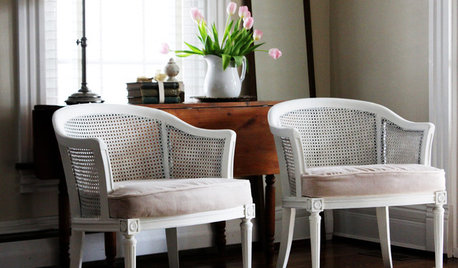
BUDGET DECORATINGBudget Decorator: 8 Ways to Make Old Furniture Look Brand New
Learn stripping, staining, painting and reupholstering basics to make bargain-basement furniture worthy of center stage at home
Full Story
ANTIQUESRoom of the Day: A Well-Worn Look for a Brand-New Home
Forays into antiques markets and online auctions bring old-time flavor to a sleek and soaring living-dining space
Full Story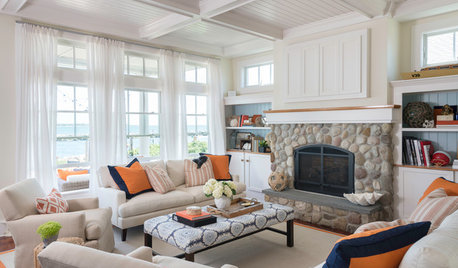
UPHOLSTERYFabric Focus: Make Your Interiors More Durable With Outdoor Fabric
Indoor-outdoor fabric is strong and beautiful, whether in the backyard or the living room
Full Story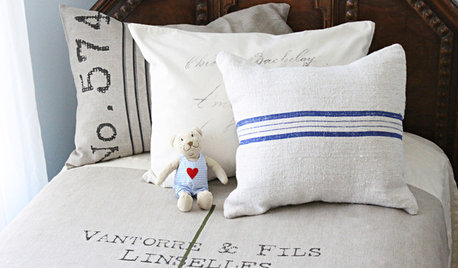
DECORATING GUIDESUtility Fabrics That Go the DIY Distance
Durable, easy to find and inexpensive, these utility fabrics can bring surprisingly high-end results to your everyday DIY projects
Full Story
MATERIALSFabric Focus: Bridge Traditional and Retro Styles With Chintz
Decorate with this floral fabric to add color, dimension, romance and more
Full Story
FURNITUREOutdoor Fabric Joins the In Crowd
Stepping out in even the poshest interiors, durable outdoor fabrics have transcended sidekick status
Full Story
UPHOLSTERYTextile Textbook: Meet Your Must-Have Synthetic Fabrics
From the living room to the backyard, these textiles deserve a closer look by parents, pet lovers and those on the go
Full Story
UPHOLSTERYFabric Focus: Cozy, Carefree Cotton
Here’s why you should consider making cotton king in your home decor
Full Story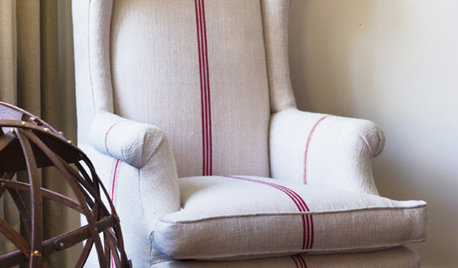
MATERIALSFabric Focus: Decorate With Grain Sacks for Quick Farmhouse Style
Vintage and reproduction grain sack material creates thick, durable upholstery for sofas, chairs, pillows and more
Full Story
MATERIALSFabric Focus: Decorating With Touchy-Feely Velvet
Get to know the pros, cons, cost and more of this smooth, luxurious material
Full StorySponsored
More Discussions






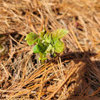

fruitnut Z7 4500ft SW TX